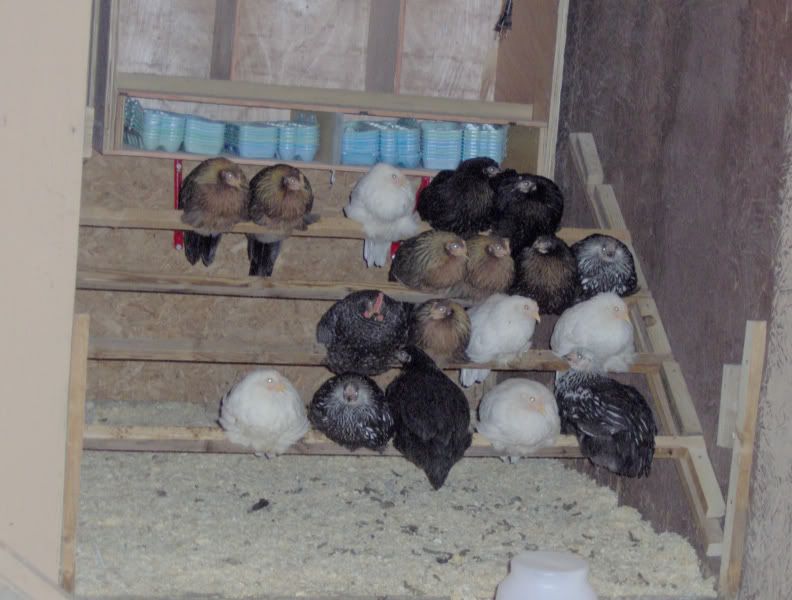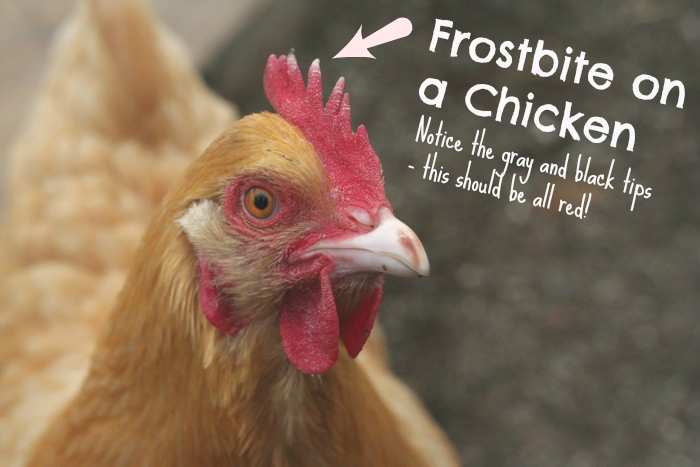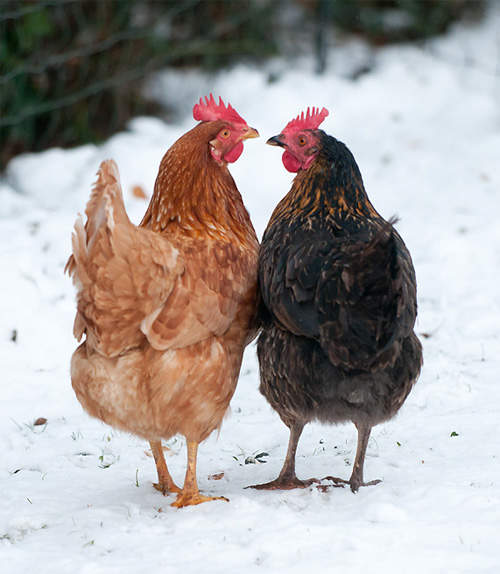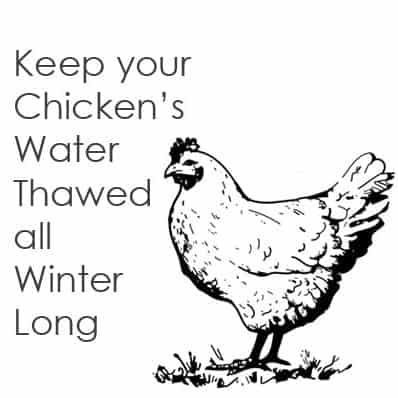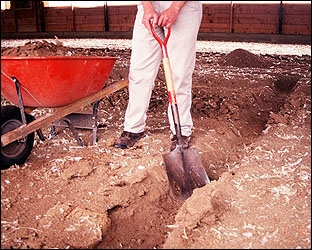Tips for Keeping Winter Chickens
By: Kel Amstutz
Over and over again, the question keeps coming up:
How do you go about keeping chickens warm in the winter?
Well… chickens natural physiology combined with several strategies on our part are all it takes to keep our chickens happy and healthy through the bitter cold winter.
We don’t heat the chicken coop in winter, instead follow these six steps to #safely and #inexpensively keep your hens warm.
1. Get the right chickens for your climate:
The very best thing you can do to ensure your birds will be fine in winter is to start off with cold hardy chicken breeds.
Cold hardy breeds have very small combs and wattles, making them less susceptible to frostbite. They also tend to be built a little on the hefty side, which keeps them warmer when the temperature drops.
Cold hardy breeds have very small combs and wattles, making them less susceptible to frostbite. They also tend to be built a little on the hefty side, which keeps them warmer when the temperature drops.
The best cold-hardy chicken breeds:
- Ameraucana
- Australorp
- Brahma
- Buff Orpington
- Cochin
- Delaware
- Dominique
- New Hampshire
- Plymouth Rock
- Rhode Island Red
- Speckled Sussex
- Wyandottes
2. Insulate the coop:
It’s so important to insulate the coop as best you can before winter sets in. You can do this in many ways. If you have the money, you can use foam or fiberglass insulation in the walls of the coop then cover them with plywood. Just make absolutely sure the insulation is completely covered, because chickens will pick it at.
Always remember that insulation doesn’t mean make the coop air-tight.
Always remember that insulation doesn’t mean make the coop air-tight.
Every coop needs proper ventilation, for polluted air and moisture to escape and fresh air to get in.
3. Close off a portion of the coop
 The coop interior gets warm on cold winter nights from the chickens body heat releasing into the air. If the amount of space inside the coop is smaller, there’s less airspace for the chickens bodies to warm up. If your chicken coop is on the larger side, it will pay to make the usable space a little smaller in the winter.
The coop interior gets warm on cold winter nights from the chickens body heat releasing into the air. If the amount of space inside the coop is smaller, there’s less airspace for the chickens bodies to warm up. If your chicken coop is on the larger side, it will pay to make the usable space a little smaller in the winter.
This can be done by hanging plastic sheeting from floor to ceiling, or putting up a temporary wall.
4. Provide quality feed and water
 Chickens eat more feed in the winter to regulate their body temperature and put on some insulating fat.
Chickens eat more feed in the winter to regulate their body temperature and put on some insulating fat. Feed your chickens a little extra when it starts to get cold, and more importantly, provide them with fresh water at all times.
Drinking water helps with digestion, which helps with temperature regulation. If your chicken’s water source is frozen for even an hour during the day it will affect their ability to stay warm.
You might want to consider using a heated water bowl or Water Heater Base during the winter to keep your water dish thawed at all times!
You might want to consider using a heated water bowl or Water Heater Base during the winter to keep your water dish thawed at all times!
5. Provide quality roosts
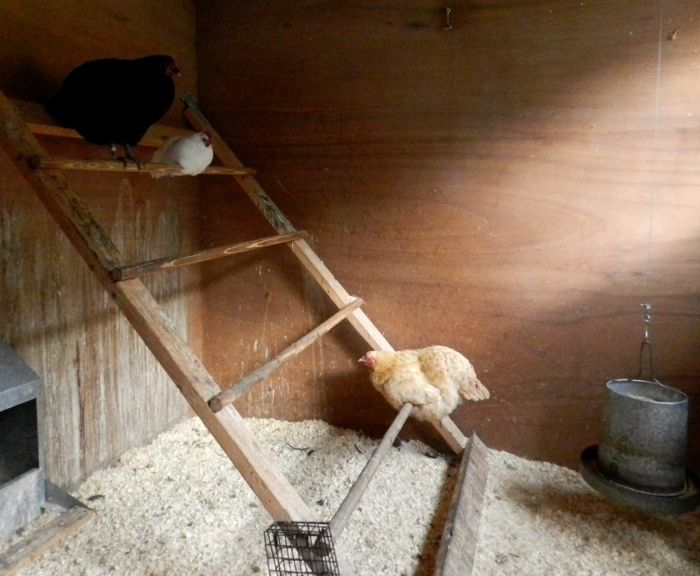 Roosting helps keep chickens warm by getting them up off the floor and allowing them to huddle together to keep warm.
Roosting helps keep chickens warm by getting them up off the floor and allowing them to huddle together to keep warm. Roosts need to be big enough to accommodate all of your chickens.
(If you see chickens on the floors or nesting boxes at night, more roosts are in order!)
The roost surface should be big enough so that a chicken can completely cover their feet while sitting on it.
If the chickens can’t wrap their toes all the way around the roost, they are likely to get frostbite on toes that they can’t cover.
6. Use the deep litter method
 The deep litter method works wonders for keeping the coop warm in winter.
The deep litter method works wonders for keeping the coop warm in winter.
Stacking six inches (or more) of litter on the floor of the coop helps to insulate it. Deep litter also produces its own heat.
Deep litter that’s started in spring is like a compost pile on the floor of your coop. The decomposing waste and litter create heat which help to warm the coop.
Other options:
 If you live in a Northern climate in which temperatures frequently fall well below -10 degrees, and you feel your chickens are truly suffering from the cold, there are some options.
If you live in a Northern climate in which temperatures frequently fall well below -10 degrees, and you feel your chickens are truly suffering from the cold, there are some options.- Hire an electrician to wire the coop for heat would be safer than hanging a heat lamp inside
- Purchase a flat panel heater
to install inside the coop.











